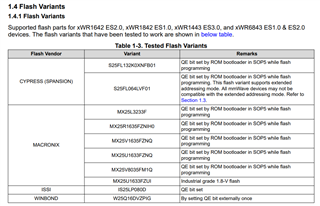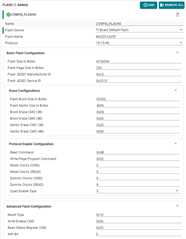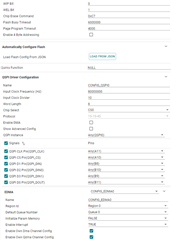Other Parts Discussed in Thread: , UNIFLASH, SYSCONFIG
Good day,
Just some context: I am in the process of evaluating the IWRL6432 and have created my own board. I am running into some issues bringing this board up, so I am trying to narrow down where the potential issue may be.
We are not using the XDS110 on our boards. Instead we have our own separate debug board that converts from USB to UART through an FTDI chip. When using the low power visualizer to flash our board, we therefore have to manually specify a COM port as we are not using an XDS. We then flash an .appimage file onto the device, the same one we have been using successfully with the IWRL6432Boost EVM. We are seeing activity on the UART lines (Green is UART-RX and Yellow is UART-TX) when flashing.
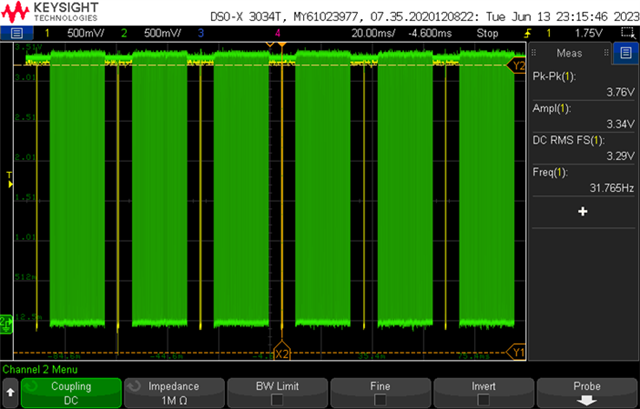
The visualizer then says that flashing has been successful:
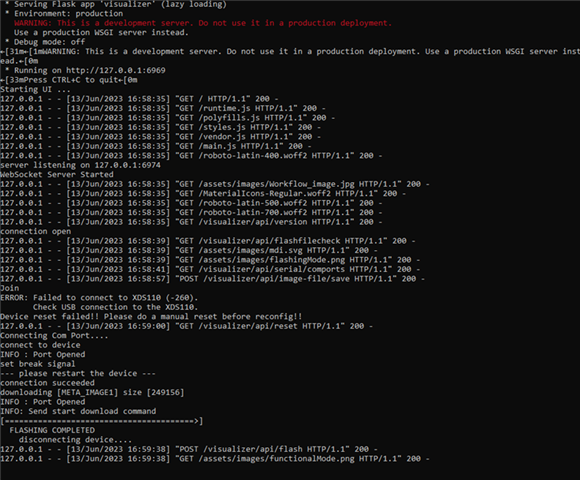

I would like to clarify exactly what successful means here:
1. Is there any verification performed to confirm that the .appimage has been stored in external flash successfully?
2. Or does it just write the .appimage to flash and once it has finished writing it just automatically assumes it has successful?
3. Since it says it was successful, can we make the assumption that our external flash we are using on this board is compatible and working as expected? Does the external flash acknowledge that it has received the .appimage successfully?
4. We are using MX25R1635F for our external flash, whereas your EVM uses MX25V1635FZNQ03. MX25R1635F and MX25V1635FZNQ03 are seemingly compatible and no changes should be required in the FW to ensure compatibility?
Your input is much appreciated.



